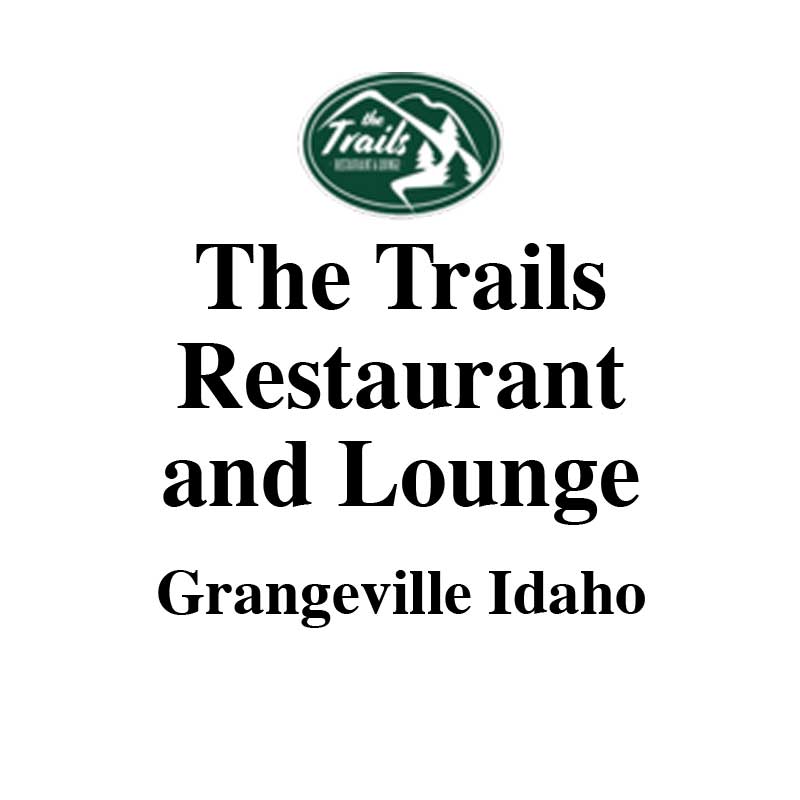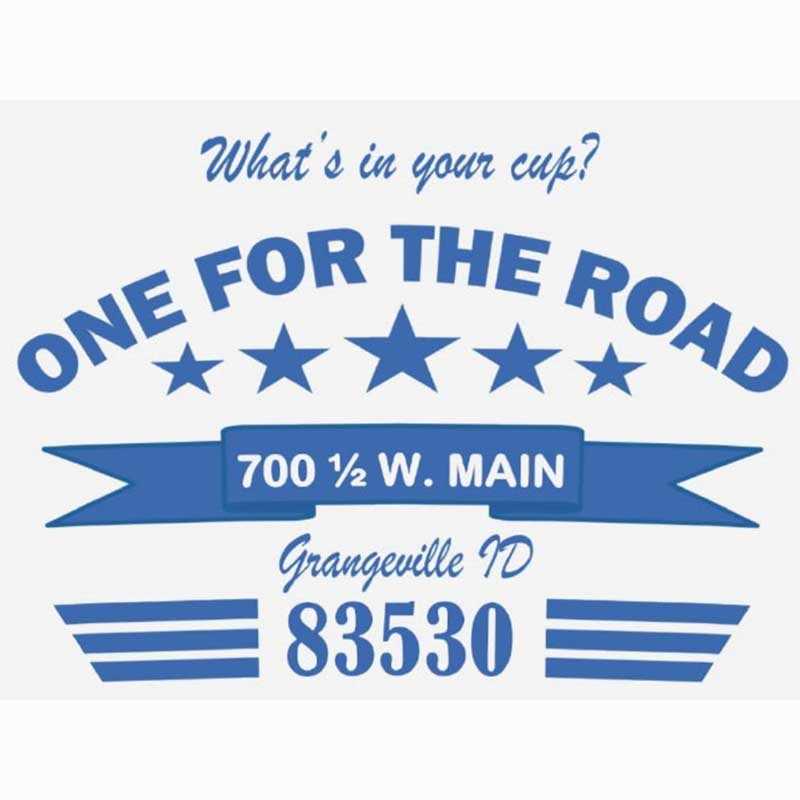The recreation industry is massive, but local [Idaho County] officials see it as an effect rather than a cause of a strong economy.
Andrew Ottoson – sports/outdoors reporter – Idaho County Free Press
June 26, 2012
Outdoor recreation is big business. A study released last Wednesday, June 20, puts it in the same league as the largest industries in the nation, but the numbers may not tell the whole story.
A joint economic impact study of bicycling, motorcycle riding, trail use, camping, off-roading, watersports, fishing, hunting, snow sports and wildlife watching by the Western Governors Association and outdoor recreation groups claims these activities generated $646 billion in national sales and services in 2011. That would make outdoor recreation a bigger industry than pharmaceuticals ($331 billion), automotives ($340 billion), gasoline and fuels ($354 billion) and household utilities ($309 billion). That puts it roughly on par with financial services and insurance industry ($780 billion) and outpatient health care ($767 billion), according to the report.
The report also found indirect impacts of $1.6 trillion of economic activity and 12 million jobs nationally. A similar report in 2006 claimed Idaho’s outdoor recreation economy supported 37,000 jobs in the state, generated $154 million in sales tax revenue and produced $2.2 billion in retail sales and services across Idaho — more than 5 percent of the state’s gross product.
Local officials think these numbers mislead by failing to tell the whole story, or by putting the carts before the horses.
“When I was in the state senate, I found every industry claiming the world turns on what they do,” Idaho County Commissioner Skip Brandt said. “Recreation is fine, but it exists because of production. The way the numbers sound, you might think everyone could quit their day job and go hiking all day and there’d still be an economy. But we know that’s not the case.”
Commissioner Jim Chmelik said his concerns “lie in thinking this is the solution to the challenges we face in Idaho County.”
He explained:
“No one questions the importance of the recreation industry. The revenues it generates are an integral part of a dynamic economy…[but] without a manufacturing base you will not be able to recreate. All aspects of any economy begin first with the basics and then to the extras.”
The figures come from MIG Inc.’s IMPLAN economic model, which estimates ripple effects of money circulating in the course of bringing products to market. Some readers may recognize IMPLAN from another context. IMPLAN was part of a “combined model” used for the economic impact study the Idaho County Commission funded to analyze the indirect impacts from keeping private forest land in the Upper Lochsa drainage in production. According to that study, which was done by University of Idaho research economist Steven Peterson, the combined model suggested impacts significantly smaller than the impact that would be found by IMPLAN alone.
The recreation industry report is hosted online by the Outdoor Industry Association, available via http://tinyurl.com/dyt4ya4
It cites a U. S. Fish and Wildlife Service study of the economic impact of wildlife watching in 2006; according to that study, which also employed the IMPLAN model, more than 750,000 people watched wildlife in Idaho, generating enough retail sales ($256 million) to support more than 5,900 jobs.








